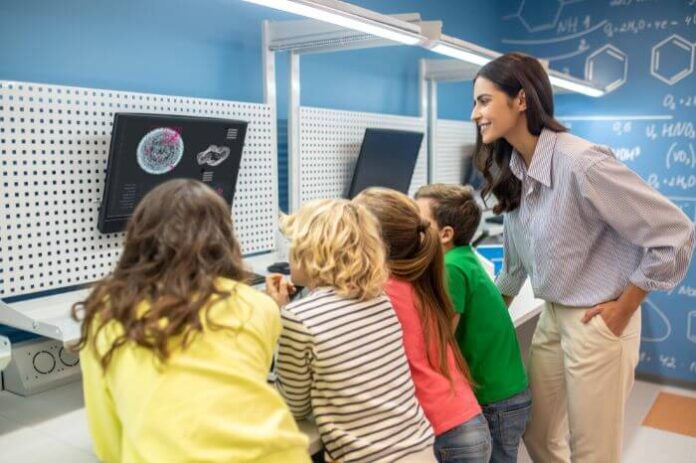As we navigate our way through the 21st century, the importance of creating safer, healthier learning environments has never been more apparent. One crucial aspect of this is the role of ventilation and air conditioning in classrooms.
In a typical British classroom, a teacher and a group of students spend several hours daily sharing the same space, making the quality of indoor air a paramount concern. In this article, we will be considering some of the key significance of good ventilation in classrooms and how air conditioning can come to the rescue.
Whether you presently own a school, have kids spending long hours in school, or you are a classroom teacher, you will want to read this to the end.
Why Is Good Ventilation Important In Classrooms?
There are many reasons a classroom should be well-ventilated. Chief among them is that improves the cognitive performance of the students. That’s true – and there has been growing evidence supporting the claim.
Recently, a study conducted by University College London reported that about 60% of classrooms had carbon dioxide levels above the recommended threshold, impacting concentration levels. Ventilation, by introducing fresh air, can mitigate the adverse effects of high carbon dioxide levels.
Apart from just improving cognitive performance, the spread of airborne diseases, including COVID-19, underscores the need for proper air circulation and filtration systems. An investigation published in The Lancet found that good ventilation could reduce the risk of airborne transmission of infections.
So, How Can Air Conditioning Help?
Britain is known for its temperate climate, but summer heatwaves can push temperatures to uncomfortable levels. During the 2019 heatwave, some classrooms reported temperatures above 30 degrees Celsius. Uncomfortable learning environments not only hinder academic performance but can also lead to heat-related health risks.
An air conditioning system ensures that classrooms maintain a comfortable temperature. Besides providing a respite from the heat, it also maintains a consistent environment, crucial for schools housing sensitive equipment like computers and laboratories.
The decision to invest in school ventilation and air conditioning isn’t one to be taken lightly. However, with advancements in technology, schools now have access to energy-efficient systems. For instance, heat pump technology can offer both cooling and heating, reducing energy costs and carbon footprint.
There Is a Need for Proper Planning
The conversation around making classrooms safer is growing louder, and ventilation and air conditioning are poised to be crucial elements of this dialogue. It is a step towards creating healthier learning environments, better cognitive performance, and overall wellbeing of students and teachers.
However, to reap these benefits, meticulous planning is required. Factors such as classroom size, number of occupants, type of activities conducted, and local weather conditions should be taken into account.
Only then can a tailored solution that ensures the effective circulation of fresh, temperature-controlled air be installed.
While there is an upfront cost involved, the long-term benefits – from improved cognitive function to reduced disease transmission – make it a worthy investment. Schools also have the option to explore funding sources like Salix Finance, which provides interest-free government funding to schools for energy efficiency improvements.
Final Note
Now you know that the role of ventilation and air conditioning in classrooms is multifaceted. It can have an impact on the health, academic performance, and overall comfort of both the students and the teachers.
As our knowledge about air quality and its effects on health and cognition grows, so does the urgency to implement effective ventilation and air conditioning solutions in our classrooms. Moving forward, it is now important that classrooms have quality air that makes the space safe and healthy for all.







